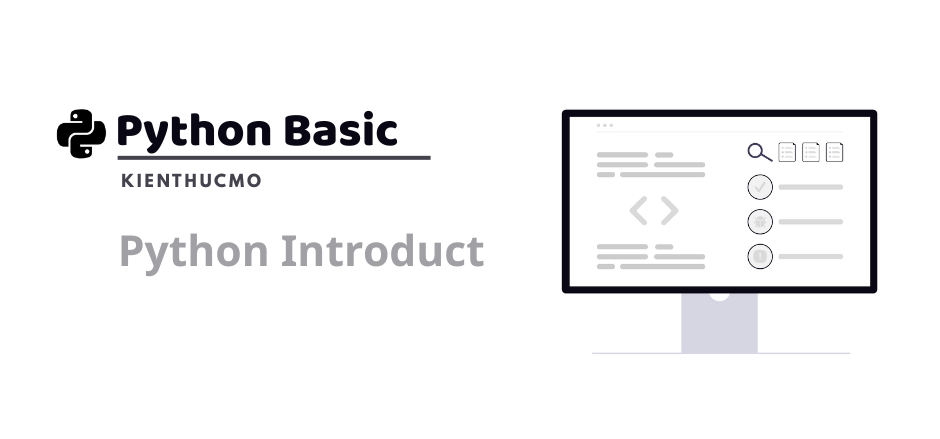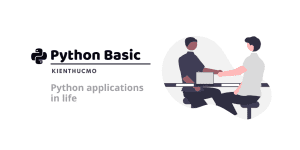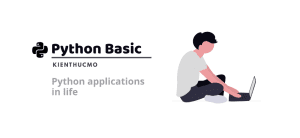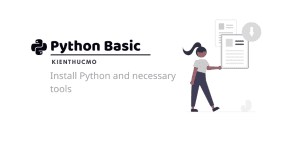In today’s technology world, programming languages act as foundational tools that allow humans to communicate with computers and build diverse applications. Among hundreds of different languages, Python stands out as one of the top choices due to its simplicity, accessibility, and wide applicability.
Python is not only suitable for beginners learning programming, but is also trusted by major technology corporations, data science researchers, and the global software development community. With its concise syntax, rich libraries, and strong community, Python has become a trusted “companion” for both the learning journey and real-world work.
This article will give a comprehensive introduction to Python: from its concept, history, strengths, and practical applications to how to start learning it. This will help you understand why Python is considered the optimal choice for anyone wanting to embark on a programming journey.
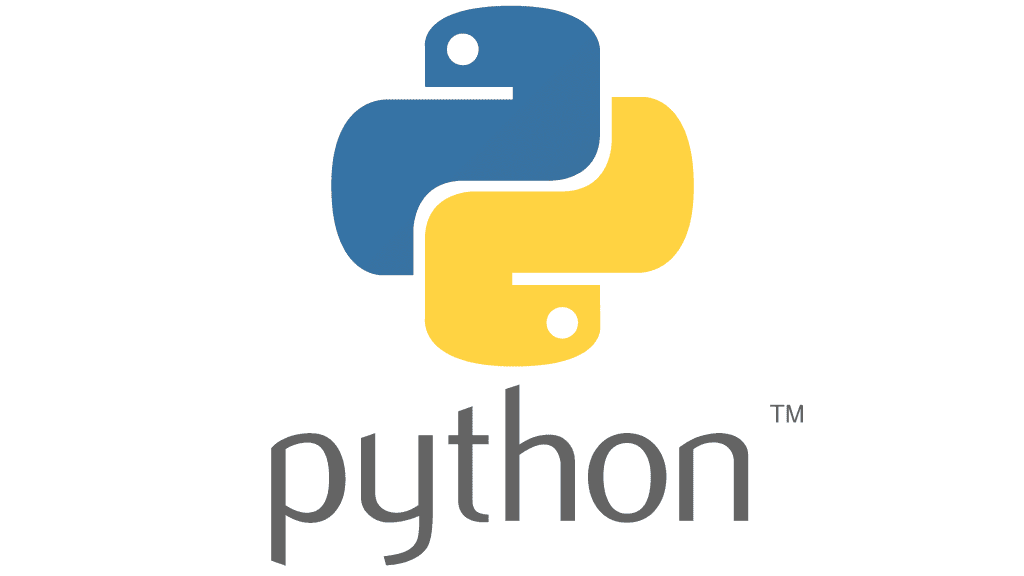
1. What is Python?
Python is a high-level, interpreted programming language that supports object-oriented programming. While it may sound academic, simply put, Python is “a way for humans to communicate with computers without needing too many complex symbols.”
The most interesting aspect of Python lies in its extremely concise syntax. If you have ever looked at C++ code with countless braces, semicolons, and long lines of commands, switching to Python feels like going from legal documents to… Haiku poetry. Everything becomes shorter, easier to read, and easier to understand.
For example, printing the phrase “Hello, Kien Thuc Mơ” on the screen in C requires quite a few lines of code, but in Python it only takes:
print("Hello, Kien Thuc Mơ")That’s it. It looks simple, clean, and friendly enough that you might mistake it for the way your crush wants to end a conversation with you…
2. History and Origins
Python was created by Guido van Rossum – a Dutch programmer – in the late 1980s and officially released in 1991. The language was named after the British comedy show “Monty Python’s Flying Circus,” not the snake species as many people mistakenly believe. This choice of name reflected the creator’s intention: to build a programming language that is friendly, easy to approach, and somewhat relatable to everyday life.
Since its creation, Python has gone through several important development stages:
- Python 1.0 (1991): the first version, introducing basic features such as exception handling, functions, and core data types.
- Python 2.0 (2000): introduced garbage collection based on reference cycles and added Unicode support. This version was widely used by the community for many years, although it officially reached end-of-life in 2020.
- Python 3.0 (2008): significant improvements with clearer syntax, default Unicode support, and removal of many limitations of Python 2. This version is actively maintained and developed, becoming the standard for modern projects.
Over more than three decades, Python has not only maintained its appeal but has also steadily affirmed its position as one of the most popular programming languages in the world.
3. Strengths of Python
Python is not only famous for its unique name but also for the following outstanding advantages:
- Easy to Learn, Read, and Write: Python’s syntax is so clean that beginners can write running code after just a few sessions.
- Massive Community: Millions of programmers worldwide are always ready to share code, libraries, and documentation.
- Versatile: Whether you enjoy web development, AI, data science, or just want to write small game programs, Python can handle it all.
- Cross-Platform: Runs on Windows, macOS, Linux, and even on tiny Raspberry Pi devices.
If programming were cooking, then Python would be the rice cooker: you put in the ingredients, press a button, and tinggg – delicious rice is ready. Meanwhile, using C++ is more like lighting charcoal and carefully watching t
4. Real-World Applications of Python
One of the things that makes Python special is its wide range of applications. You can find Python in:
- Data Science & AI: Libraries like Pandas, NumPy, and TensorFlow help with data processing and training artificial intelligence.
- Web Development: Django and Flask are two “magic wands” that help you build websites quickly and efficiently.
- Automation: Write small scripts to automatically download files, clean up data, and manage emails.
- Game & Multimedia: Pygame allows you to create simple and fun games.
- IoT & Robotics: Python is commonly used in Raspberry Pi projects and mini robots.
Everyday examples: you can write Python to automatically rename a batch of files, or create a small bot to download your favorite music playlist. Instead of clicking the mouse 100 times, you just need to hit “Run” once and it’s d
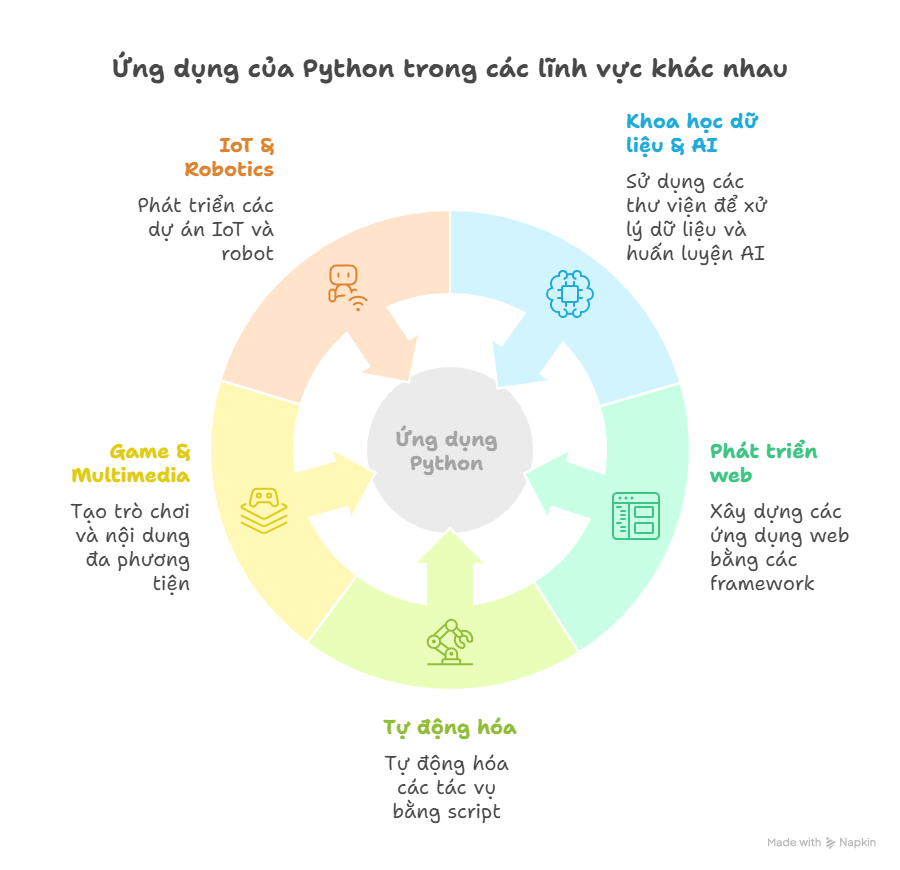
5. Comparing Python with Other Languages
| Criteria | Python | C/C++ | Java | JavaScript |
|---|---|---|---|---|
| Ease of Learning & Syntax | The syntax is concise, easy to read, and friendly for beginners. | Complex, with many symbols, requiring a solid grasp of foundational knowledge. | Relatively verbose, with many strict rules. | Relatively easy to learn, especially when combined with HTML/CSS. |
| Performance | Runs slower due to being an interpreted language. | Very fast, suitable for systems requiring high performance. | Fast and stable thanks to the JVM. | Fast in browser environments, but depends on the JS engine. |
| Ứng dụng chính | AI, data science, backend, automation, scripting. | System software, embedded systems, applications requiring high performance. | Enterprise applications, Android, large-scale systems. | Web frontend, part of backend (Node.js). |
| Community Popularity | Very large, with many libraries and extensive documentation support. | Long-established, with a strong community in the systems field. | Extensive, especially in enterprise and mobile sectors. | Very large thanks to web development. |
| Flexibility | High, versatile, easy to experiment with and quickly build ideas. | Lower, requires multiple compilation steps and configurations. | Stable, suitable for long-term projects. | High, flexible on the web, but limited outside the browser. |
6. Reasons Why You Should Learn Python
If you are a beginner, Python is a great choice:
- Fast Learning: You don’t need deep knowledge to write your first code on day one.
- Abundant Resources and Courses: From YouTube and Udemy to Stack Overflow, Python is everywhere.
- Wide Applications: Just by learning the basics, you can try your hand at small web projects, automation, or even mini AI.
- Not Just for IT Professionals: Python is also used by economists, scientists, and even journalists who want to analyze data.
To put it playfully, Python is like soccer: anyone can join, from amateurs to professionals, and everyone has a chance to shine.
7. How to Start Learning Python?
Sounds appealing, but where do you start?
- Installation: Go to python.org to download the latest version. Installation is very quick and not complicated like installing some heavy IDEs.
- IDEs and Tools: PyCharm (professional), VS Code (versatile), or Jupyter Notebook (great for learning AI).
- Learning Path:
- Get familiar with basic syntax.
- Write small programs like a calculator or a number guessing game.
- Gradually move on to web apps, AI, or automation.
- Resources: The book “Automate the Boring Stuff with Python” (very popular), free online courses, communities on Reddit or Facebook.
The important thing is to practice a lot. Don’t just read theory; try typing code, running code, and fixing errors. Learning programming is like learning to ride a bike: you can’t just read the manual—you need to get on the bike, fall a few times, and then gain confidence.
8. Conclusion
Python is not a snake, nor something mysterious. It is a friendly, easy-to-learn, versatile programming language loved worldwide. You can start with small projects and gradually move on to bigger applications.
If you’re still unsure which language to start with, give Python a try. Who knows, you might get “hooked” on Python like bubble tea – after writing one snippet of code, you’ll want to write more. And who knows, from those first few lines of code, you might open the door to an exciting career path in the future.
9. References
- Python Software Foundation – Python Official Website: https://www.python.org
- Van Rossum, G., & Drake, F. L. (2009). The Python Language Reference Manual. Network Theory Ltd.
- Lutz, M. (2013). Learning Python (5th Edition). O’Reilly Media.
- Sweigart, A. (2015). Automate the Boring Stuff with Python. No Starch Press.
- Django Software Foundation – Django Project: https://www.djangoproject.com
- Flask Project – Flask Web Framework: https://flask.palletsprojects.com
- McKinney, W. (2017). Python for Data Analysis (2nd Edition). O’Reilly Media.
- Scikit-learn Documentation – https://scikit-learn.org
- Real Python – Python Tutorials: https://realpython.com
